Getting started with video for the web: Part 2
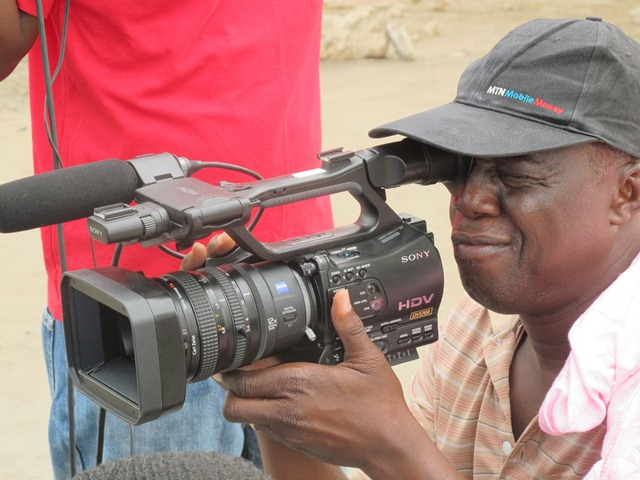 In our first post on Getting started with video for the web, we looked at some of the basic equipment for video production you would need to think about using; important considerations for filming such as lighting and audio; as well as some of the essential skills to practice before hitting the record button.
In our first post on Getting started with video for the web, we looked at some of the basic equipment for video production you would need to think about using; important considerations for filming such as lighting and audio; as well as some of the essential skills to practice before hitting the record button.
Remember, your camera is a tool for telling stories and no camera is perfect for every situation you’ll encounter. Importantly, try to become familiar with the operation of your camera.
– Know how to operate the focus controls
– Know how to manually adjust the main exposure settings of S-I-N-G: shutter speed, iris, neutral density and gain;
– Know how to adjust audio settings
– Know under what conditions your camera produces its best images
– Know the limitations of your camera: this will help your planning and workflow
Really, what it comes down to is practice. Video for the web offers you the chance to use almost any camcorder. But no matter what camera you have, you need to start clocking up the hours of using it under a variety of conditions. Practice. When you are comfortable and confident in using your video camera you can concentrate more on your story.
In this post, while you’re still practicing with your camera and equipment, we’ll introduce some basic video for the web formats that will hopefully offer some ideas that you could apply or adapt to your online stories and newsroom workflow.
![]() read more
read more
Getting started with video for the web: Part 1
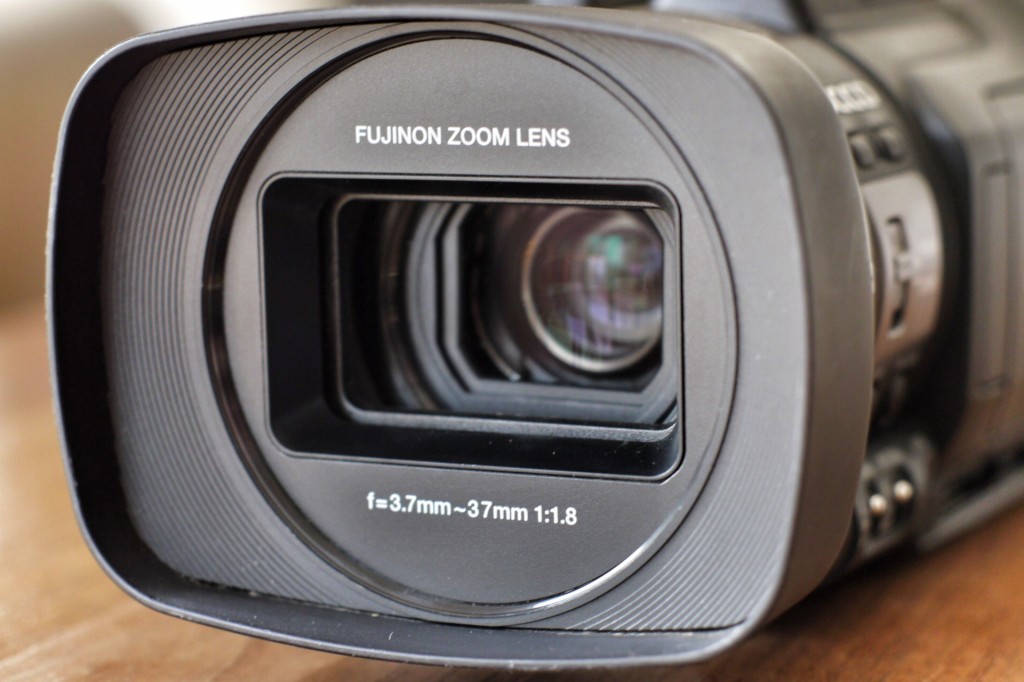 There’s much more to producing video than flicking on a camcorder and hitting record. And it’s unfortunate that journalists are often expected to go out and film something for their online site with little or no training.
There’s much more to producing video than flicking on a camcorder and hitting record. And it’s unfortunate that journalists are often expected to go out and film something for their online site with little or no training.
Keep it simple, keep it short and a little bit of planning helps of lot.
That’s probably the best advice for anyone who needs to start producing video for the web content.
It goes without saying that we’d recommend you do a proper video for the web course. Or even better, a video journalist course to learn more about the techniques of filming and the craft of visual storytelling.
But if you’re looking for some tips to get started, our blog series on producing video for the web will cover some of the basics and point you in the right direction for online resources.
![]() read more
read more
Different approaches to web video vox pops
The vox pop is one of those classic devices in a journalist’s storytelling toolbox. It’s a snapshot of public opinion about a given topic, and more often than not, a controversial one.
But when you take the vox pop online and use it within a multimedia story, or produce web video content, there’s the opportunity to be creative and offer more than just producing a simple series of talking head shots.
![]() read more
read more
Equipment: Video Journalist
 Gerlind Vollmer has been working as a freelance VJ reporter for Deutsche Welle since 2006. She has been working as a project manager and trainer for the Africa team at Deutsche Welle’s training center DW Akademie in Berlin since 2009. She takes us behind the scenes and shows which equipment she uses in the field to produce her VJ reports.
Gerlind Vollmer has been working as a freelance VJ reporter for Deutsche Welle since 2006. She has been working as a project manager and trainer for the Africa team at Deutsche Welle’s training center DW Akademie in Berlin since 2009. She takes us behind the scenes and shows which equipment she uses in the field to produce her VJ reports.
“It is important that a VJ journalist remains mobile and flexible. That’s why I’m no fan of dragging a heavy tripod along and often leave it at home. I can always find a chair, a table or a wall which can serve as a perfect tripod. On the spot, I’m mostly concerned with everything being at hand the very minute I need it, that’s why I always put on trousers with a lot of roomy pockets. Also, a VJ should never forget to put the headphones on while shooting – never ever!”
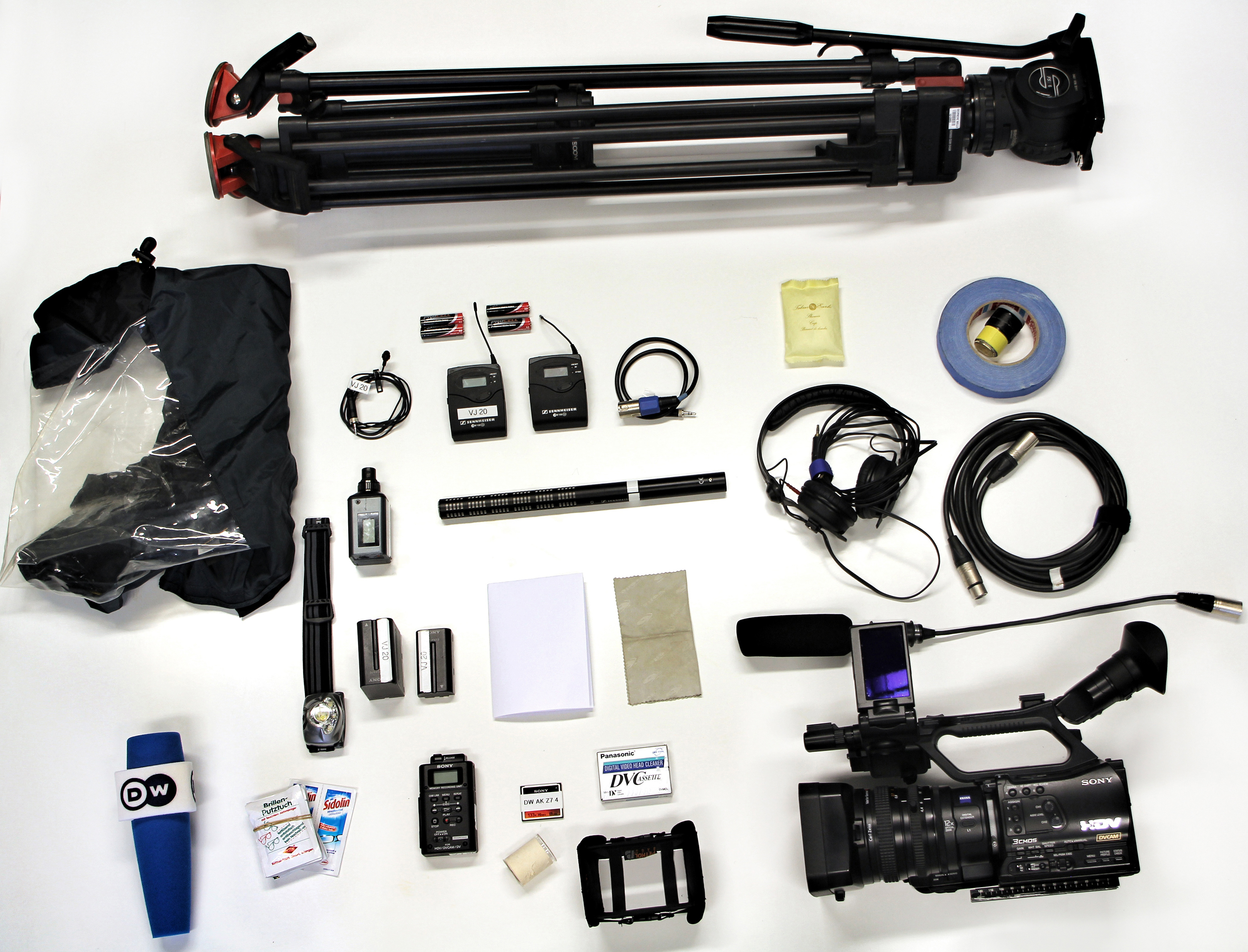
Foto:Steffen Leidel
5 pocket video camcorder tips
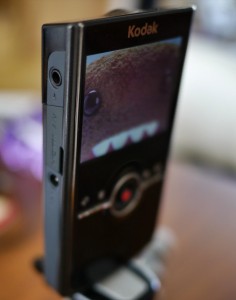 They’re small, relatively inexpensive and shoot high quality video. Pocket camcorders or “Flip” style video camcorders are a very useful tool for journalists, especially for producing video for the web.
They’re small, relatively inexpensive and shoot high quality video. Pocket camcorders or “Flip” style video camcorders are a very useful tool for journalists, especially for producing video for the web.
Just about all of the major camera manufacturers produce pocket video camcorders. And, it must be said that the HD video produced by many small point and shoot cameras and also smartphones now compete with these little wonders.
At present, the Kodak Zi8 is one of the main models the DW-Akademie uses during online journalism and web video courses. Flip is of course another well known brand, but these cameras are to be discontinued.
Whatever you use, it’s about the story and not the camera. But here are some of our tips for getting more out your camcorder and producing better quality web video.
![]() read more
read more




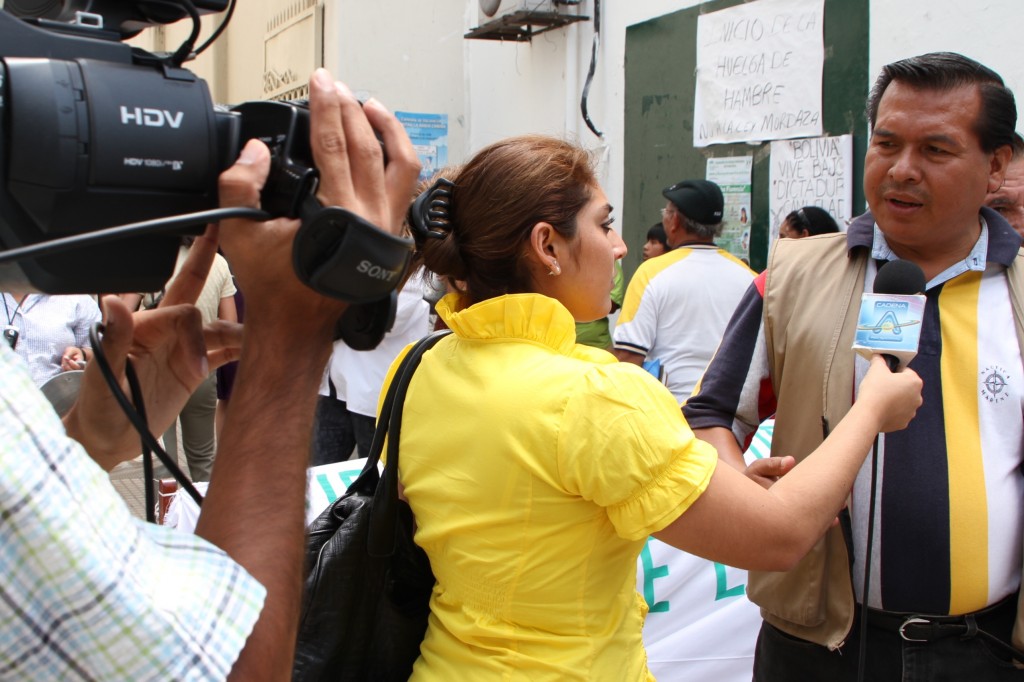




Feedback